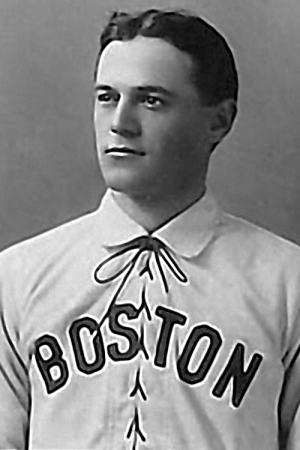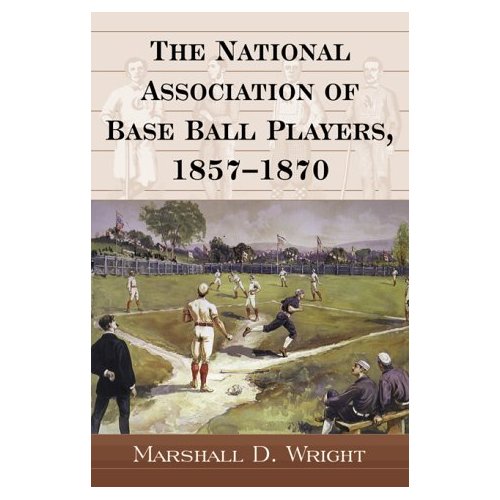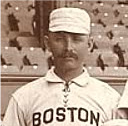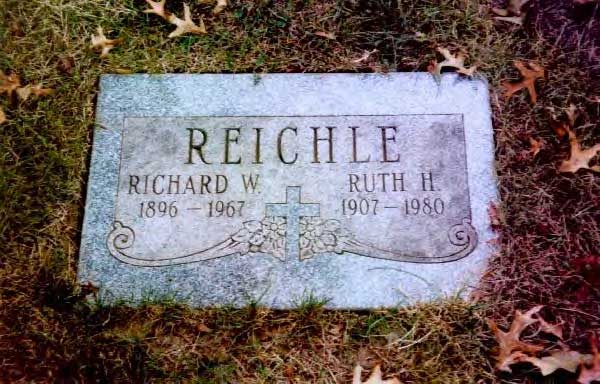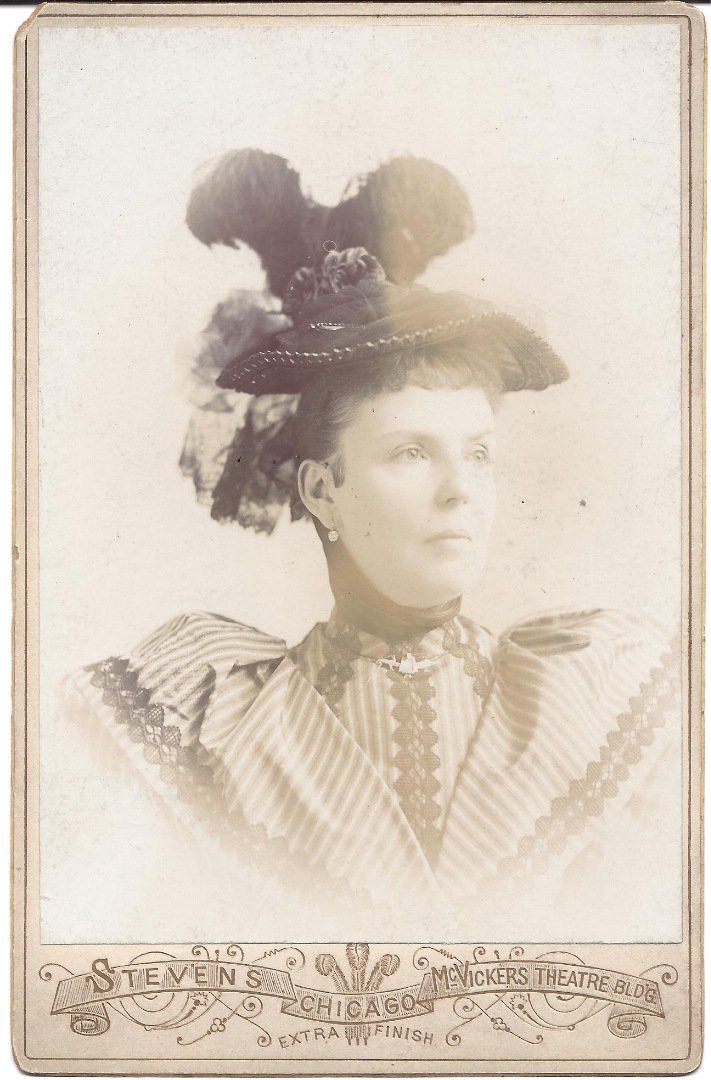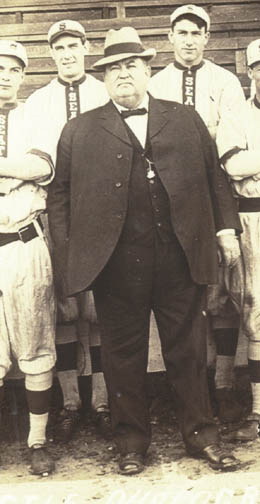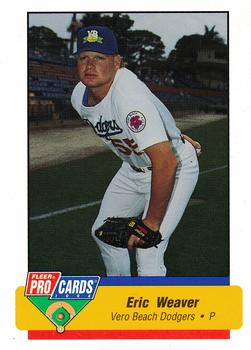Born in Springfield- Johnny Schaive- Springfield Sports Hall of Fame Charter Member
Central Illinois has had many major league baseball players in history. Let’s look at them from the 12 counties that we have selected to become Central Illinois. (Logan, McLean, DeWitt, Woodford, Fulton, Peoria, Mason, Tazewell, Cass, Morgan, Menard, Sangamon) Check out all of the biographies HERE. FIRST- I did not write this article as…


